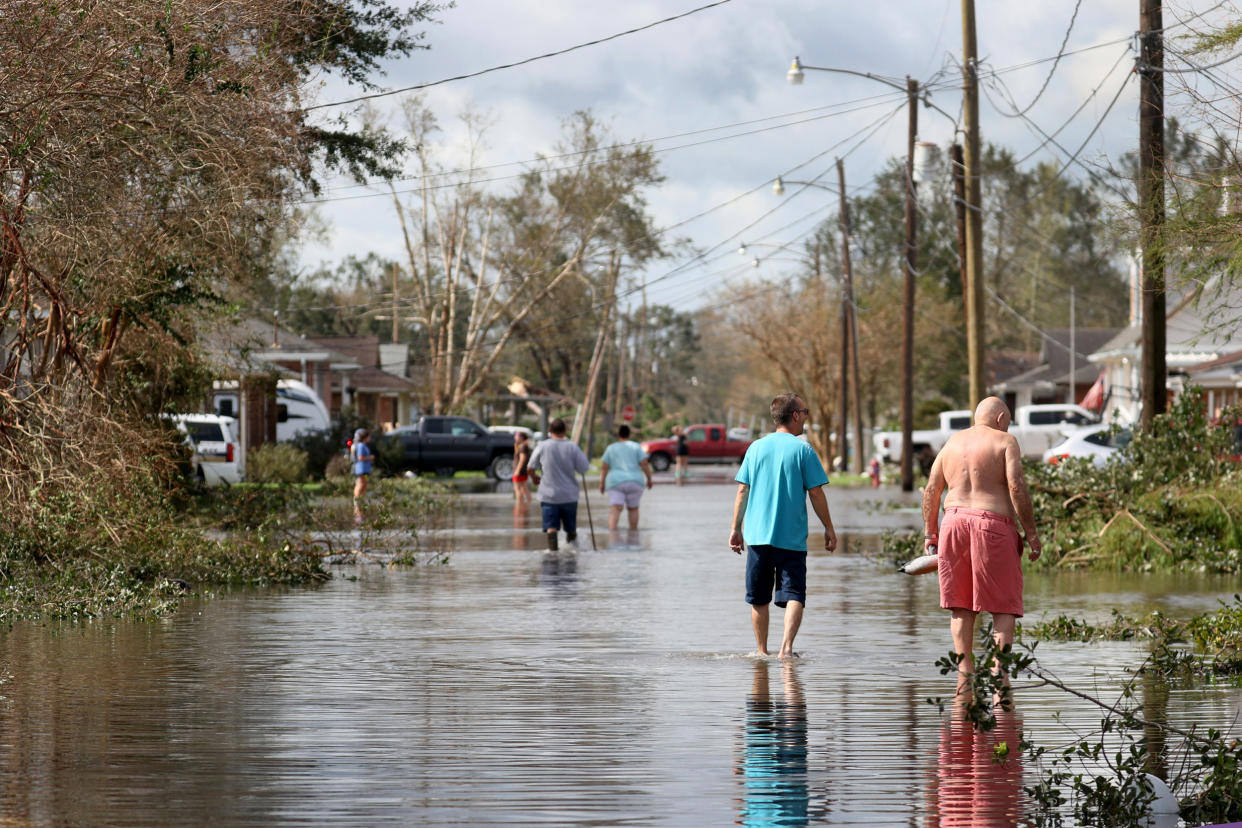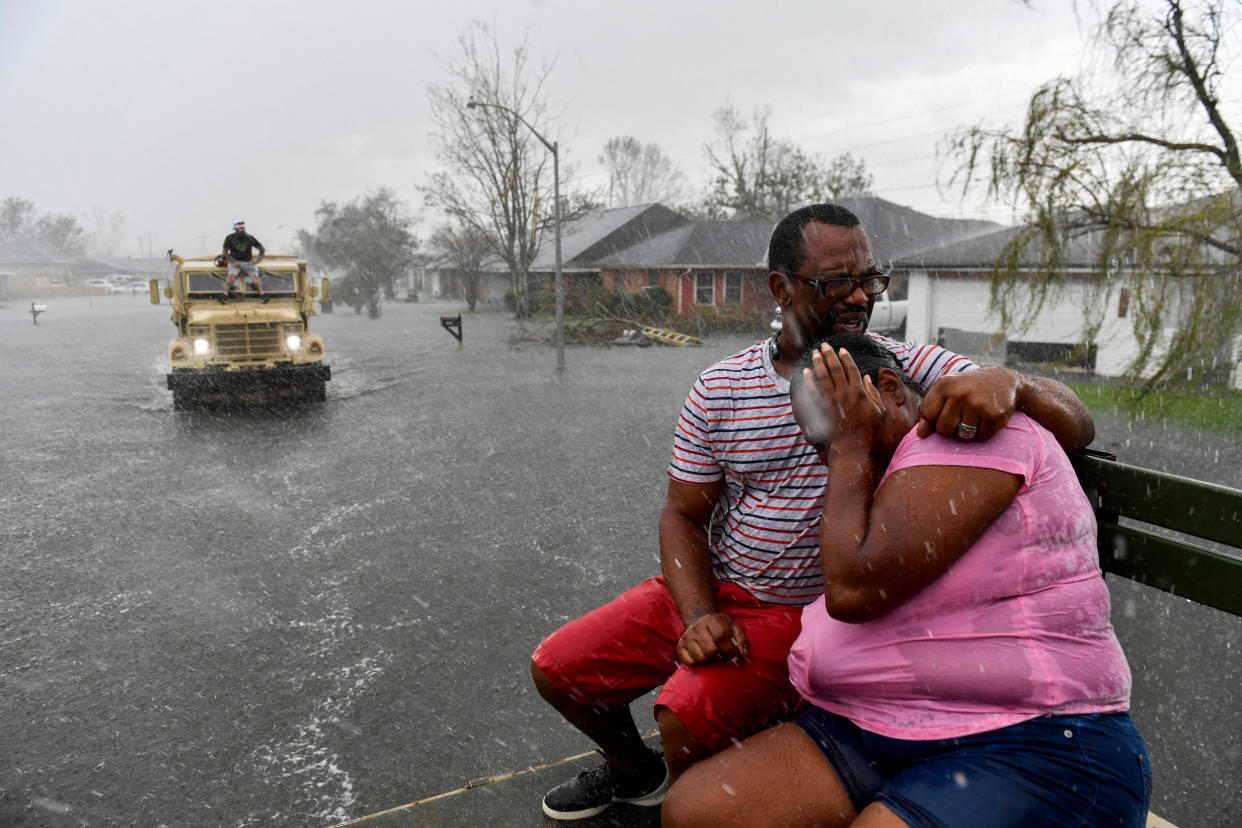Is hurricane season starting earlier? Some scientists think so
New research suggests that hurricane season might be starting earlier in the year — whether it’s marked on our calendars or not.
The Atlantic hurricane season, as traditionally defined, begins June 1 and ends Nov. 30. But a paper published Tuesday in Nature Communications suggests climate change could be pushing the formation of tropical cyclones in the western Atlantic to earlier dates on the calendar.
“It’s gotten really noticeable in the past 10 years. You have all this activity happening outside hurricane season over and over again during the preseasons,” said Ryan Truchelut, a lead author of the paper and the chief meteorologist at WeatherTiger, a hurricane forecasting startup. “The first landfall, the first named storm, that’s what’s shifting earlier.”
The new research could play a role in a debate among weather forecasters and hurricane researchers over whether to redefine what we consider hurricane season.
“There is this risk of damaging impactful flood events. The risk onset is now in late May. I think the bounds of the season should be changed to reflect that,” Truchulet said. “It’s a discussion that needs to be had between a lot of different stakeholders.”

More evidence and research are needed to understand whether climate change is shifting the hurricane season. The new research is one analysis and does not represent scientific consensus.
Matthew Rosencrans, lead seasonal hurricane forecaster at the National Oceanic and Atmospheric Administration’s Climate Prediction Center, said earlier research has suggested that the beginnings of hurricane seasons aren’t tied closely to climate change but instead are driven by high-activity periods for hurricanes.
“In the last 50 years, we’ve only been in two different eras,” Rosencrans said, which makes data comparisons in recent decades challenging. Since 1995, we’ve been experiencing an “active” period.
Rosencrans noted that the advent of satellite technology has allowed researchers to record storms that would have been missed before.
“You could have a tropical storm out there and you’d never know it,” Rosencrans said. “Better technology is responsible for finding about two tropical storms a year.”
Tropical storms have developed before June 1 each year from 2015-2021, according to the World Meteorological Organization. Last year, the National Weather Service formed a team to examine the ramifications of changes to the hurricane season.
“At this time, we’re not considering moving the hurricane season any earlier,” said Jasmine Blackwell, a NOAA spokesperson.
NOAA officials predicted a substantial slate of tropical storms and hurricanes this season, saying there was a 65% chance of an above-average season with 14 to 21 named storms, meaning one featuring winds 39 mph or higher.

So far, it’s been a relatively slow season. NOAA in August downgraded the probability of an above-average season to 60%, but the agency expects activity to pick up. Peak season — August through October — accounts for 90% of all cyclone activity in the Atlantic, according to Rosencrans.
“We’re just getting into the peak months of August through October for hurricane development, and we anticipate that more storms are on the way,” Rick Spinrad, the agency’s administrator, said in a news release this month.
Truchulet’s data — which reviewed Atlantic tropical cyclone data from 1979–2020 and the landfalls in the U.S. from 1900–2020 — normalizes between quiet and busy years and focuses on the overall distribution of tropical storm activity.
“The first named storm of the year is developing about half a day earlier per year, or 5 days per decade,” he said. “The first U.S. landfall of the year has been happening two days earlier per decade.”
Truchulet said the storms developing before June 1 are typically smaller tropical storms that can catch people off guard because they “underestimate the risks of flooding from tropical storms.”
